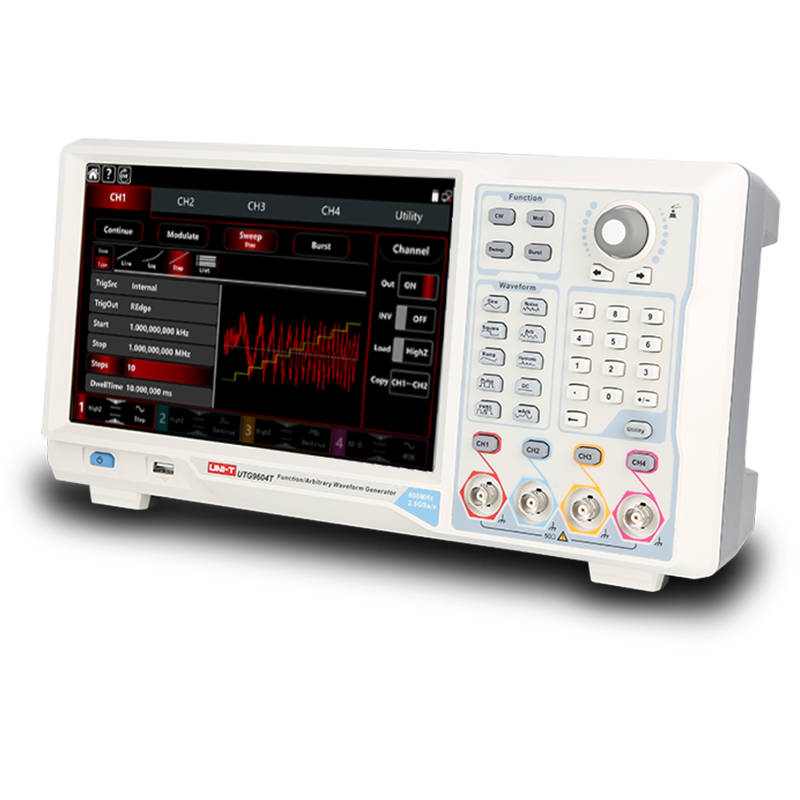The Essential Role of Waveform Generators in Electrical Design

Whether you're a student engineer or a seasoned professional, understanding the role of waveform generators in electrical design is fundamental. This guide will walk you through the basics of waveform generators, their importance, and their various applications.
A waveform generator, also known as a function generator, is a device that produces electrical waveforms such as sine waves, square waves, triangular waves, sawtooth waves, and custom shapes. These signals are crucial for testing and developing electronic circuits. Key components of a typical waveform generator include an oscillator that creates the basic waveform, amplitude control for adjusting the signal's peak voltage, frequency control to set the oscillation rate, a waveform selector to choose the desired waveform type, and an output stage that delivers the waveform to the circuit or device. Modern waveform generators often incorporate digital signal processing (DSP) for enhanced precision and more waveform options.
Waveform generators play a crucial role in electrical design for several reasons. In circuit development and maintenance, they are invaluable for stimulating circuits by applying signals to test and verify designs and for diagnosing faults by injecting signals at various points to identify and fix malfunctioning components. During the design phase, waveform generators aid in prototyping circuits by allowing experimentation with different signals to optimize performance and in validating designs to ensure circuits operate correctly under various conditions, simulating real-world scenarios. Additionally, in educational environments, waveform generators are essential tools for teaching electronics and signal processing principles.
Waveform generators, as with the UTG9604T, find applications in many fields. In communications, they are used to test modulation techniques by generating signals for communication devices and to simulate communication channels by recreating different transmission conditions to evaluate system performance. In the medical technology sector, waveform generators are vital for calibrating devices to ensure accurate functionality and for developing new technologies, facilitating the innovation of advanced diagnostic and therapeutic tools. In the automotive industry, waveform generators are crucial for sensor simulation, testing electronic control units (ECUs) by simulating sensor outputs, and for electronics testing, evaluating the performance of automotive electronic components under various conditions.
In the case of oscilloscope calibration, oscilloscopes are essential for diagnosing electronic circuits, and their accuracy is crucial. Uni-Trend Technology uses high-precision waveform generators to calibrate their oscilloscopes, generating exact waveforms to ensure their devices provide reliable and accurate measurements. In the realm of high-speed digital design, maintaining signal integrity is vital. Engineers utilize waveform generators to create test patterns that mimic real-world data traffic, helping to identify and resolve signal integrity issues, resulting in more reliable and robust designs.
In conclusion, waveform generators are indispensable tools in electrical design, providing essential signals for testing, development, and troubleshooting across diverse industries, including communications, medical technology, and automotive electronics. Mastering the use of waveform generators will significantly improve your ability to design, test, and optimize electronic systems. Continue learning and exploring the exciting possibilities that waveform generators and other essential tools offer in the field of electrical design!








